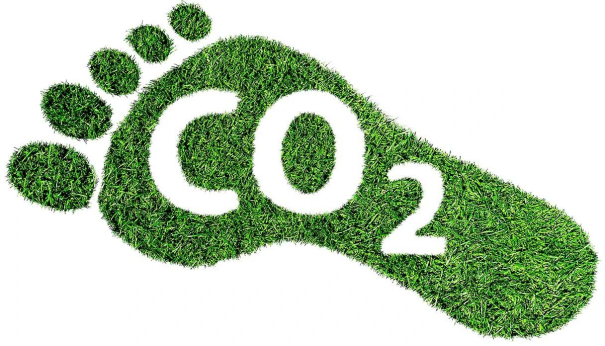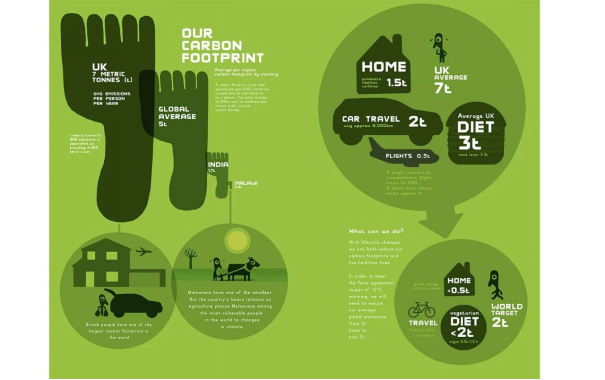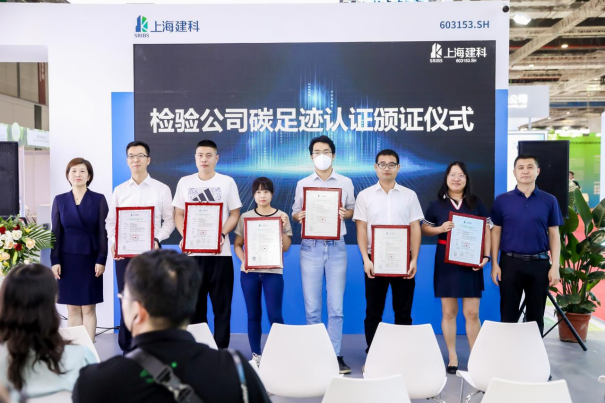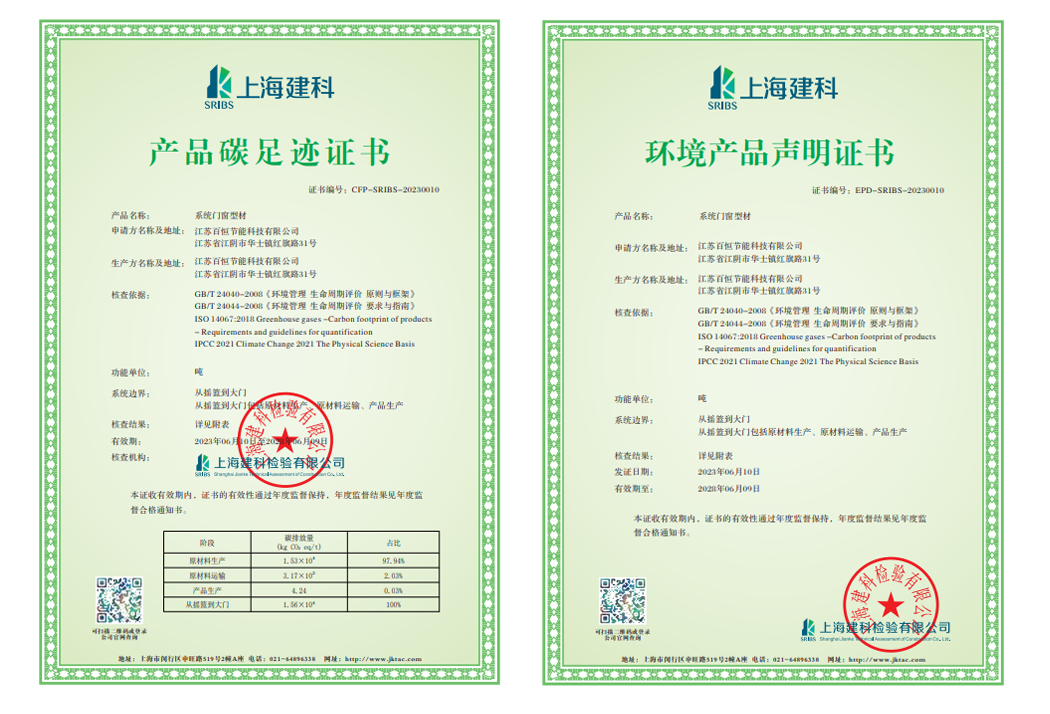Industry Focus: Leading the Industry in Double Carbon Practice
Warm congratulations to WinGreen Energy-saving doors and windows for obtaining the product carbon footprint certification!

On June 10, 2023, Shanghai Hongqiao International Convention and Exhibition Center, Shanghai Jianke sponsored the "Carbon Following the Newborn, Green Future" theme forum, officially awarded the certification certificate for the first batch of enterprises that obtained product carbon footprint certification. WinGreen became the first enterprise in the door and window industry to obtain carbon footprint certification, began to pay attention to carbon footprint management, and fulfill the social responsibility of green development.
Practice low-carbon development social responsibility:
"30▪60 target" put forward higher requirements for enterprises to respond to climate change, green and low-carbon development and ecological civilization construction. Enterprises should actively issue "carbon" plans, practice "carbon" responsibilities, actively disclose carbon emission information, and truly fulfill and assume the social responsibility of low-carbon development and green development in the industry. At the same time, it can enhance the strain capacity of enterprise industry development and improve market competitiveness.
Policy background of carbon footprint management:
1) Opinions of the CPC Central Committee and the State Council on Completely, Accurately and Comprehensively Implementing the New Development Concept and Doing a Good Job in Carbon Peaking and Carbon Neutrality, September 22, 2021
2) "Action Plan for Carbon Peaking Before 2030" of the State Council on October 24, 2021
3) Overall Plan for Green Life Creation Initiative of the National Development and Reform Commission on October 29, 2019
4) Administrative Measures for the Use of Green Product Logos issued by the State Administration for Market Regulation in May 2019
5) September 17, 2015 former CNCA "energy-saving and low-carbon product certification management measures"
What is a "carbon footprint"?
The concept of "carbon footprint" comes from "ecological footprint", which mainly uses CO2 equivalent (CO2eq) to represent the total amount of greenhouse gas emissions during human production and consumption activities.
Compared with single carbon dioxide emissions, carbon footprint is a life cycle assessment method to evaluate the greenhouse gas emissions directly or indirectly generated by the research object in its life cycle. For the same object, the accounting difficulty and scope of carbon footprint are greater than carbon emissions, and the accounting results contain information on carbon emissions.
Standards for Product Carbon Footprint Accounting
Many countries or organizations have developed and introduced carbon footprint accounting standards for different system levels, so there are many types of carbon footprint standards at present. According to the system level of the evaluation object, for the enterprise and organization activity level, it mainly includes the Greenhouse Gas Accounting System: Enterprise Accounting and Reporting Standards (WRI, WBCSD, 2004) and the ISO14064 Standard Series (ISO, 2006); at the product level, there are three main international standards: PAS2050: 2011 Product and Service Life Cycle Greenhouse Gas Emissions Evaluation Specification (BSI., 2011), Product Life Cycle Accounting and Reporting Standards (GHGP rotocol) (WRI, WBCSD, 2011) and ISO14067 Product Carbon Footprint Quantification and Communication Requirements and Guidance Technical Specification (ISO, 2013).

Value&Significance of Product Carbon footprint Certification
Addressing Green Trade Barriers and Enhancing International Trade Competitiveness
Create Product differentiation, improve product competitiveness and enhance brand value
Building an industrial green supply chain, reducing costs and increasing efficiency, and improving operational efficiency
Adapt to market demand and increase customer value
Promote corporate ESG promotion, enhance corporate image and brand reputation
Carbon footprint certification of door and window industry is of great significance
We all understand the important significance of doors and windows in achieving the dual carbon goal, reducing building carbon energy consumption, and achieving energy conservation and emission reduction. Energy efficiency optimization of doors and windows is an important way for the development of building energy efficiency. Not only are doors and windows energy-saving and carbon reducing, but we should also emphasize the green, environmentally friendly and sustainable development of doors and windows throughout the entire process of design, manufacturing, installation, operation, and life cycle. The materials used for doors and windows, as well as the manufacturing process of doors and windows, should also be green, environmentally friendly, and harmless to the human body.
The certification of green building materials can comprehensively evaluate the "health, environmental protection and safety" of products, and the certification and management of product Carbon footprint is a systematic evaluation of the "environmental protection capability" and "carbon footprint management" of the whole process of products from raw materials to finished products. It is an important content and way to save resources, implement the concept of green and low-carbon development and promote the whole society to achieve the goal of carbon neutrality.
Green and low-carbon development of aluminum alloy polyurethane composite doors and windows
Hard foam polyurethane, as a material for thermal insulation and bridge breaking, endows energy-saving doors and windows with more outstanding energy-saving characteristics, becoming a new technology and direction for the optimization and development of energy-saving doors and windows.
The technological development path of this product possesses adequate and advanced low-carbon energy-saving supply chain (the reduced aluminum alloy consumption is equivalent to saving 28.6Kg carbon emissions per square meter). The high-efficiency energy-saving door and window system (353Kg CO2 carbon emissions per square meter per year) leads in thermal insulation performance: the thermal conductivity of materials is 0.062W/(m.k), and the Heat transfer coefficient of 75 series doors and windows is as low as 0.8W/(m2. k). Advanced technology and dry construction can be widely used in public construction and old renovation projects, Improve the efficiency of the construction process and achieve a linear expansion coefficient similar to that of aluminum alloy. Control the deformation amount within 3.0x10-5m under different environmental temperatures, ensuring stable and reliable lightweight minimalist design. Minimal appearance design and lightweight structural design are in line with the trend of high-end doors and windows.
Aluminum alloy PU microporous composite material helps improve the overall sound insulation of the window, and the pouring foam process is beneficial for the waterproof design of doors and windows.

Certificate Presentation Venue, Shanghai Hongqiao International Convention and Exhibition Center, June 10, 2023

Thanks for the professional, efficient, authoritative and rigorous evaluation and certification given by the expert team of Shanghai Jianke Technical Assessment of Construction Co., Ltd. WinGreen Energy-saving doors and windows will continue to work hard, innovate actively, forge ahead, and create greater value for the healthy development of ultra-low energy consumption and nearly zero energy consumption building industry.

Congratulations to WinGreen for being the first to obtain the carbon footprint certification for doors and windows products.
News Information
-
![[Good news] Wengerun energy-saving door and window system won the bid for the first and second phase of Scania Industrial base in Rugao, Jiangsu](/UploadFiles/image/20240905/20240905150514_88197.jpg)
[Good news] Wengerun energy-saving door and window system won the bid for the first and second phase of Scania Industrial base in Rugao, Jiangsu
-
![[Industry exchange] A](/UploadFiles/image/20240905/20240905150230_12960.jpg)
[Industry exchange] A
-
![[Gorgeous appearance] 2024 Asia International Conference on Building Skin Design and Application, Wengerun Energy saving doors and Windows wonderful presentation!](/UploadFiles/image/20240905/20240905143008_70836.jpg)
[Gorgeous appearance] 2024 Asia International Conference on Building Skin Design and Application, Wengerun Energy saving doors and Windows wonderful presentation!




